Hiker of the Woods
Active Member
- Messages
- 623
What counties in CO would everyone consider to produce the worst/smallest antler size even for older age class bucks?
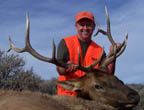 Rocky Mountain Ranches
Rocky Mountain Ranches
Hunt some of the finest ranches in N.W. Colorado. Superb elk, mule deer, and antelope hunting.
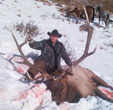 Frazier Outfitting
Frazier Outfitting
Great Colorado elk hunting. Hunt the backcountry of unit 76. More than a hunt, it's an adventure!
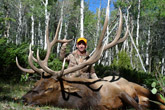 CJ Outfitters
CJ Outfitters
Hunt Colorado's premier trophy units, 2, 10 and 201 for trophy elk, deer and antelope.
 Allout Guiding & Outfitting
Allout Guiding & Outfitting
Offering high quality mule deer, elk, bear and cougar hunts in Colorado units 40 and 61.
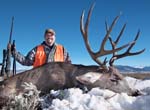 Ivory & Antler Outfitters
Ivory & Antler Outfitters
Hunt trophy elk, mule deer, moose, antelope, bear, cougar and turkey on both private land and BLM.
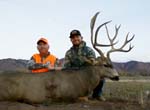 Urge 2 Hunt
Urge 2 Hunt
We offer both DIY and guided hunts on large ranches all over Colorado for archery, muzzleloader and rifle hunts.
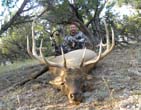 Hunters Domain
Hunters Domain
Colorado landowner tags for mule deer, elk and antelope. Tags for other states also available.
